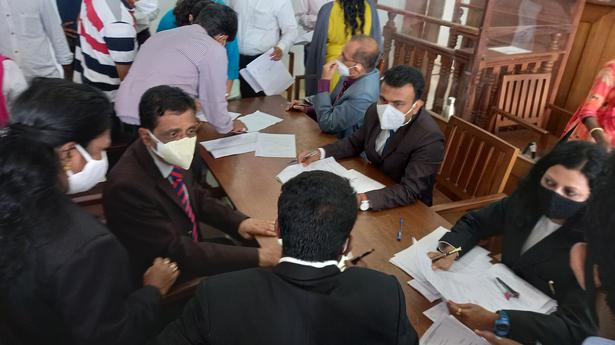
Data | No ST/SC/OBC judges in lower judiciary of many States and U.T.s
The Hindu
Representation of women in the district and subordinate courts was the poorest in Gujarat, with less than 20% of the judges being women
According to data published in the Lok Sabha, in 10 States/U.T.s, including Haryana, Odisha, Punjab and West Bengal, there are zero ST judges in district and subordinate courts. Similarly, in 12 States/U.T.s including Goa and West Bengal, there are zero SC judges in such courts. In 10 States/U.T.s including Delhi, Assam and West Bengal, there are zero OBC judges. Representation of women in these courts was the poorest in Gujarat, with less than 20% of the judges being women. In only five States, the share of women judges exceeded 50%
Hover over the charts to find the exact figures
The graph depicts the share of SC, ST, OBC and women judges in district & subordinate courts of India
Charts appear incomplete? Click to remove AMP mode
The graph depicts the % of women judges in district and subordinate courts of India. Women’s share in India’s population stood at around 48% in 2011. In 22 States/U.T.s, the share of women judges was less than 40%
The graph depicts the % of SC judges in district and subordinate courts of India. SC’s share in India’s population stood at around 16.6%, according to census 2011. In 26 States/U.T.s, the % of SC judges was less than 15%
The graph depicts the % of ST judges in district and subordinate courts of India. ST’s share in India’s population stood at around 8.6%, according to census 2011. In 33 States/U.T.s, the share of ST judges was less than 8%













